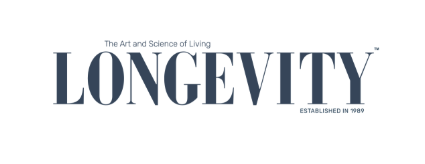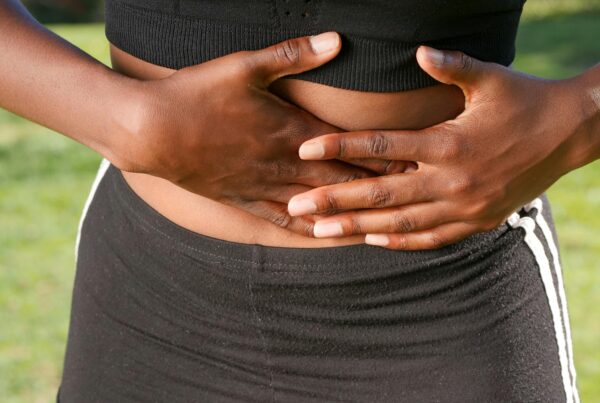As the world observes World Hypertension Day on May 17, data shows that women face disproportionately high rates of hypertension. Leading experts are calling for a more gender-sensitive approach to heart health, focusing not only on treatment but also on prevention and holistic care.
Hypertension and Menopause
While men typically experience a gradual rise in blood pressure starting in their 20s, women face unique risk factors. These include gestational hypertension, high blood pressure during pregnancy, and more significantly around menopause, when hormonal changes affect how blood vessels function.
“Even in women with no family history of high blood pressure, experiencing it during pregnancy significantly increases their risk later in life,” says Ingrid Singels, Marketing Manager of Pharma Dynamics’ Scientific Division.
“After menopause, the drop in estrogen reduces nitric oxide, which normally helps keep blood vessels relaxed and leads to increased blood pressure. This is why postmenopausal women often display higher systolic blood pressure than men of the same age, along with stiffer arteries and increased renin-angiotensin system activity, contributing to this shift.”
This is backed by a review in the Netherlands Heart Journal, which confirms that 30-50% of women develop hypertension before age 60, with the risk increasing due to central fat distribution, diabetes and elevated insulin resistance during the menopausal transition.
Hypertensive Gender Disparities
In South Africa, hypertension in women increased from 31% in 1998 to 48% in 2016, according to national health data. This increase has been driven in part by unhealthy dietary habits, such as the high consumption of sugary drinks, processed foods and salt-rich meals, which have contributed to widespread obesity.
A 2020 study of South African adults found that women with higher waist-to-hip ratios were 1.75 times more likely to have hypertension, and those with diabetes were three times more likely to be hypertensive.
Furthermore, socioeconomic disparities lead to unequal access to healthcare, nutritious food and consistent follow-up care. Public health experts argue this makes targeted interventions a must.
Not All Hypertensive Meds Are Created Equal
Singels remarks that women not only face an increased risk, but also react differently to hypertension medications.
A 2022 study from the University of Chicago found that women experience nearly twice the number of adverse drug reactions as men, often due to sex differences in drug metabolism and absorption. Diuretics may increase the risk of electrolyte imbalances, while ACE inhibitors typically trigger a persistent cough in female patients.
“Many antihypertensive drugs have been tested predominantly in men, and therefore may not be fully optimized for women’s physiology. This makes lifestyle changes, such as reducing salt intake, healthy eating, regular exercise, stress management, quitting smoking, limiting alcohol consumption and ensuring adequate sleep essential components of hypertension management in women,” says Singels.
“It’s also crucial for women to engage in regular screenings, including blood pressure and cholesterol monitoring. Your healthcare practitioner should also check for hormonal fluctuations, which can affect blood pressure.”
Takeaway
As awareness grows around the unique ways hypertension affects women, especially during and after menopause, there is a pressing need for more inclusive research, education, and care models. By prioritizing early detection, gender-sensitive treatment plans and sustainable lifestyle changes, global healthcare can take meaningful strides in reducing the burden of hypertension among women.
References
M Maas, H. E., Rosano, G., Cifkova, R., Chieffo, A., et al. (2021). Cardiovascular health after menopause transition, pregnancy disorders, and other gynaecologic conditions: A consensus document from European cardiologists, gynaecologists, and endocrinologists. European Heart Journal, 42(10), 967. https://doi.org/10.1093/eurheartj/ehaa1044



![women [longevity live]](https://longevitylive.com/wp-content/uploads/2020/01/photo-of-women-walking-down-the-street-1116984-100x100.jpg)










